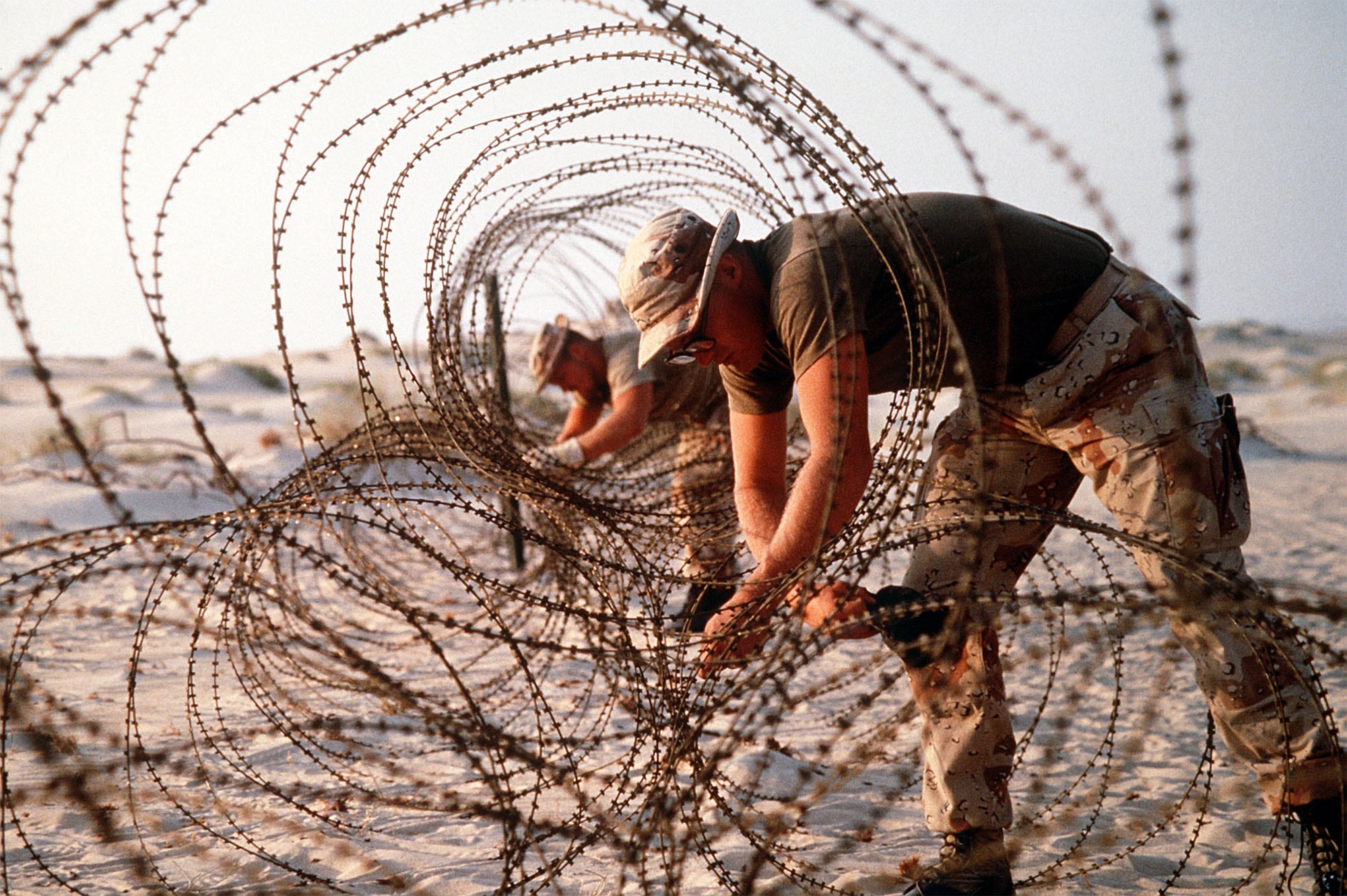In the decades since Operations Desert Shield and Desert Storm, veterans and researchers have strained to find a cause of the myriad symptoms known as Gulf War illness, with a strong suspicion that the depleted uranium used in armor-piercing rounds created a toxic exposure with long-term health consequences.
A study released Thursday from the University of Texas and the U.K.’s University of Portsmouth found that inhaled fumes and dust from rounds and tank armor are not the culprit.
“That depleted uranium is not and never was in the bodies of those who are ill at sufficient quantities to cause disease will surprise many, including sufferers who have, for 30 years, suspected depleted uranium may have contributed to their illness,” researcher Randall Parrish said in a release.
Studies have shown up to 25 percent of the 700,000 troops deployed in that conflict have suffered symptoms including memory and concentration problems, chronic pain and nerve system dysfunction, as well as fever, night sweats and sexual dysfunction.
The authors are instead inclined to believe that low-level exposure to sarin gas may be the cause, along with anti-nerve agent medication and pesticides troops were also exposed to during the 1991 Gulf War.
“Finding causes is a nebulous game when you have so many options to blame,” according to the release. “The Allies’ own activities destroying an Iraqi nerve agent cache or spraying pesticides liberally on troops could be seen in hindsight as an inadvertent ‘own goal’ and one to be avoided in future conflicts. It is important to find causes for conditions like this, even if it takes a long time and the causes might be controversial.”
RELATED

While those toxins have also been under suspicion, depleted uranium has been of major concern, because the rounds and armor it’s found in have continued to be used by troops up to and including during the current war on terrorism.
The theory is based on past research that has found high levels of depleted uranium in troops with shrapnel injuries. Uranium is known to concentrate in the kidneys and bones and then leach out through urine over the years, but those studies were not done on Desert Storm veterans.
Parrish and his co-author, UT’s Dr. Robert Haley, developed a test sensitive enough to detect low levels of depleted uranium, which they used to scan 154 diagnosed Gulf War illness patients.
“Having found no depleted uranium in any of those with the illness, and no difference between them and a control group, who weren’t on the battlefield, alongside knowing how long the substance remains in the body and can be traced in the urine, proves depleted uranium is not linked to Gulf War illness.” according to the release.
Past research has shown that depleted uranium does live in the body for years, and that radiation and heavy metals are known to cause health issues, but there is no link when it comes to Gulf War illness.
Meghann Myers is the Pentagon bureau chief at Military Times. She covers operations, policy, personnel, leadership and other issues affecting service members.





